 - minute read
- minute read
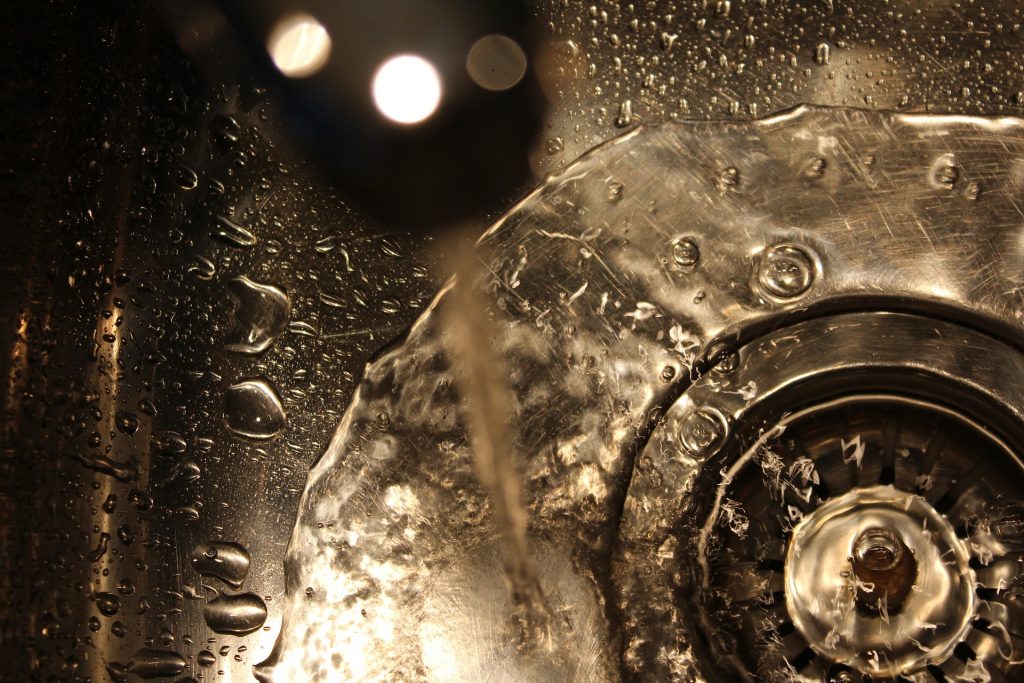
Did you know that in the UK, the average household uses around 140 litres of water per person? It’s a shocking statistic, with many assuming their water consumption is much lower. Another thing people don’t realise is that once you’ve set up your water bill, you then become eligible for a brilliant selection of free water saving devices. These water saving devices are an excellent way of cutting down on your water usage at home. Here, we’ve covered some of the best ones, along with how to get your hands on them.
The good news here is that these water saving products are available to everyone! There aren’t any specific requirements to qualify for them, so they can be accessed by all UK residents. After all, the idea is to help as many people as possible reduce their water bill.
The only potential barrier is if your specific water supplier isn’t taking part. Below, we’ve provided a list of just about every water supplier in the UK. A simple enquiry by email or phone will help you find out whether or not your water supplier is involved.
The vast majority of households across the UK can get themselves some of the free water saving devices we’re going to talk about. Below, we’ve listed the UK’s water suppliers:
Scotland and Northern Ireland have the government-run Scottish Water and Northern Ireland Water, respectively.
If you aren’t sure of your local water supplier then you can use Water UK. All you need to do is enter your UK postcode.
The application process for getting your hands on these free water saving devices is really simple. Just go onto Save Water Save Money and enter your postcode. From there, you’ll need to answer a quick survey to figure out what devices will most benefit your home.
You’ll then be provided with a list of devices that are available to pick from. While these water saving products are funded by water suppliers, it’s the water efficiency firm Save Water Save Money that directly manages the distribution of stock, which is why you do this through their website.
A regulated showerhead reduces the amount of water you use when showering, without having any impact on pressure, meaning your shower will still feel the same. An average shower uses 10 to 15 litres of water a minute, whereas a water-efficient showerhead uses just 8 litres. Depending on how often your shower is used, this could save you several thousand litres of water over a year.
Just be aware that these types of showerheads aren’t suitable for electric showers.
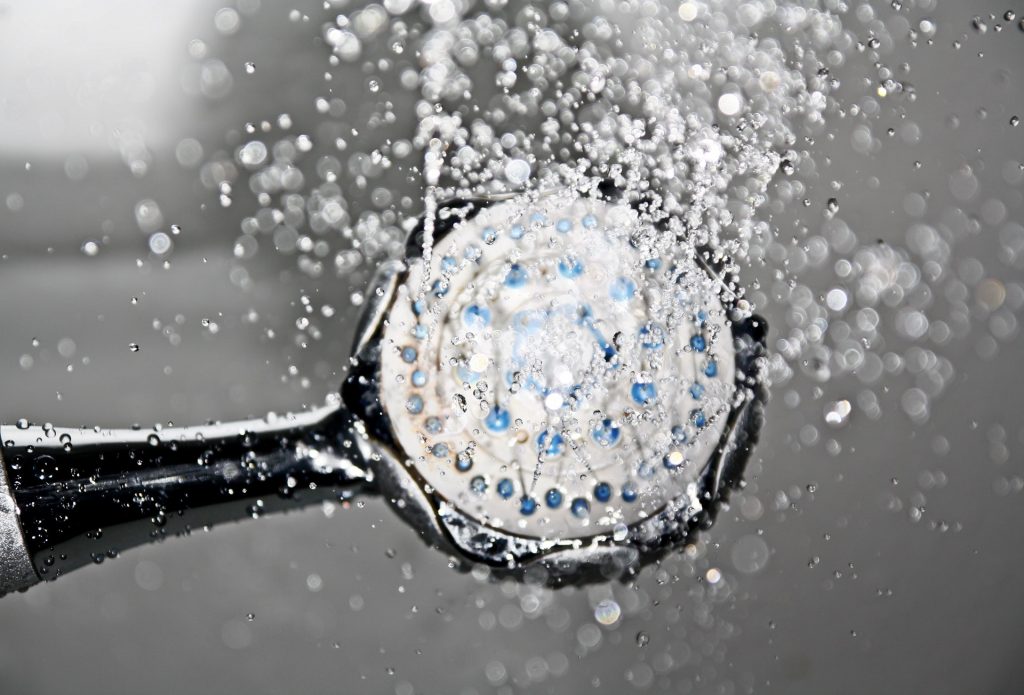
Although showers generally use less water than baths, this can quickly tip the other way if you’re spending more than 10-15 minutes in the shower every time. With this in mind, we recommend keeping showers to around the 4-minute mark. Having a shower timer that alerts you to when four minutes elapses could save up to 30 litres a day.
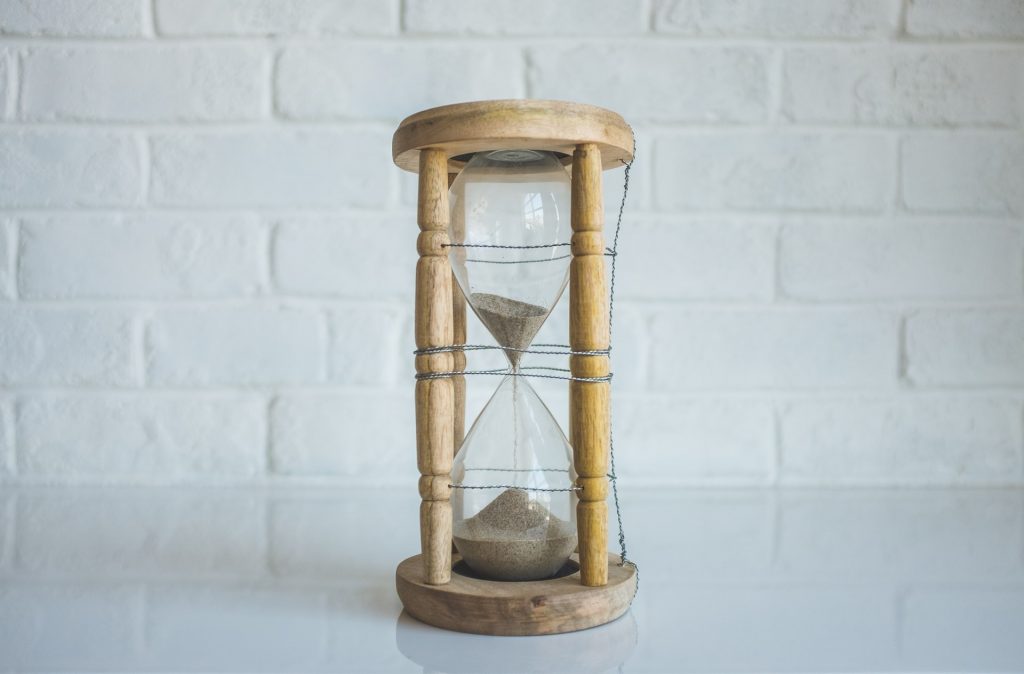
The simple act of flushing a toilet is the second biggest use of water in a typical household – with only showering using more. Putting a cistern displacement device in your toilet cistern can greatly reduce this usage. Every time you flush, the device will inflate, saving up to 2 litres per flush.
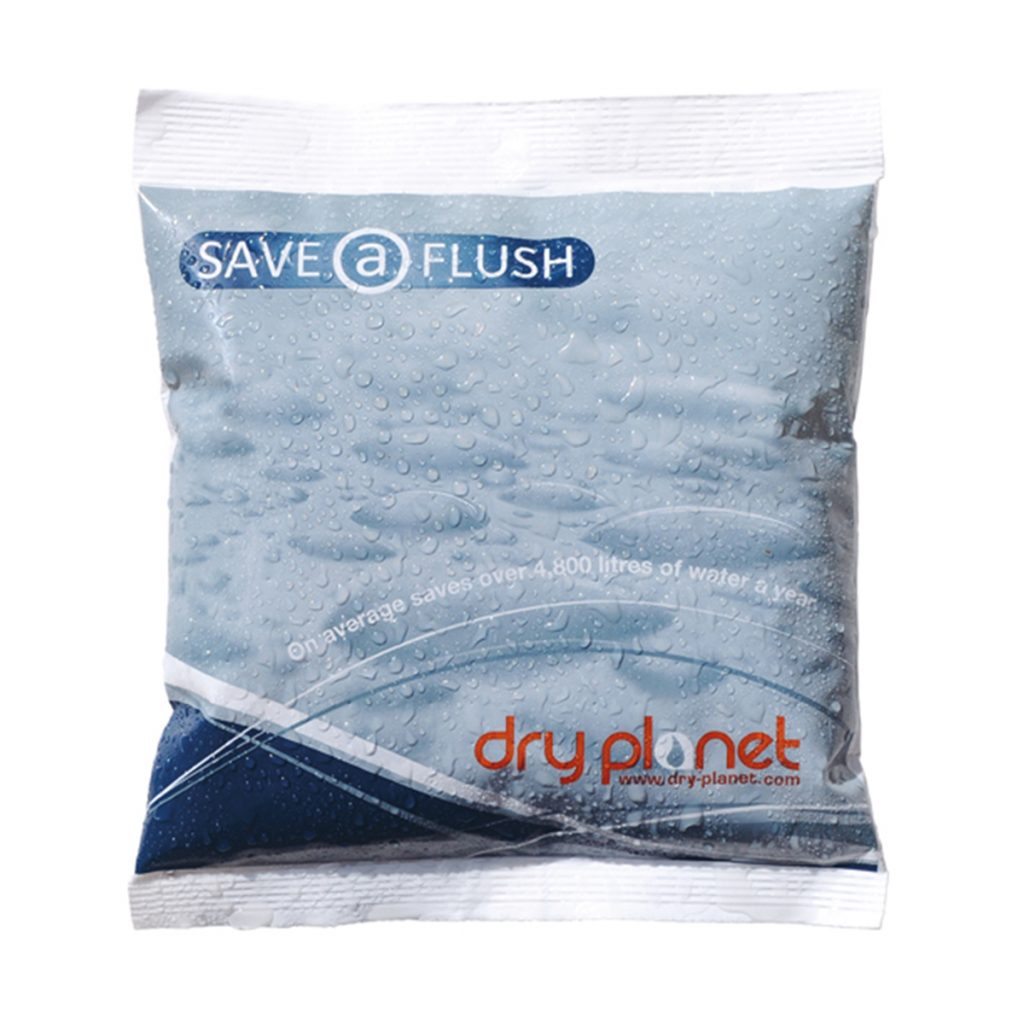
Leaking toilets can waste between 200 and 400 litres of water every day. What’s even worse is that this leak can be really difficult to spot. Applying a leak detection strip to the back of your pan will make it much easier to spot when water is leaking from your cistern. You can then take the necessary steps to deal with this issue.
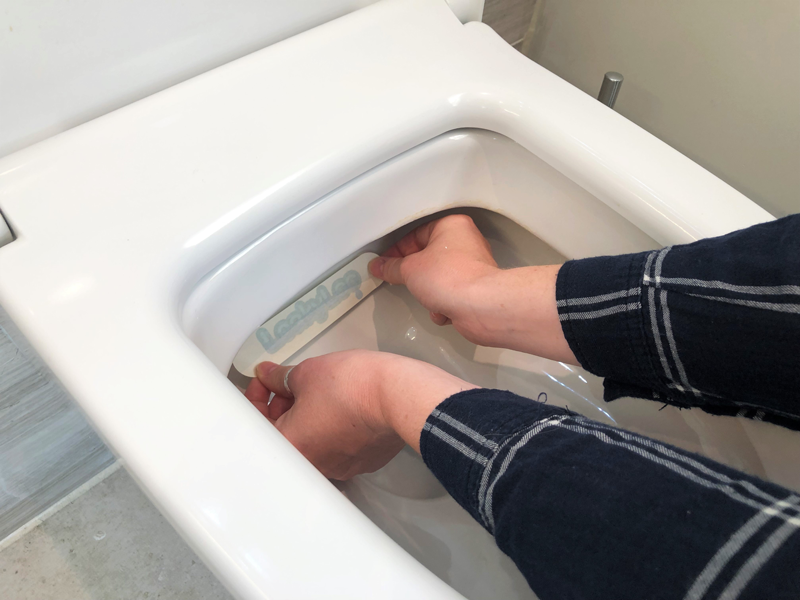
While we’d always recommend using a washing up bowl rather than doing all your washing in an empty sink, if this isn’t an option then using a universal plug is the next best choice for saving water. These fit all sinks and ensure that water is only used when necessary. Amazingly, this simple invention can save up to 30 litres a day!
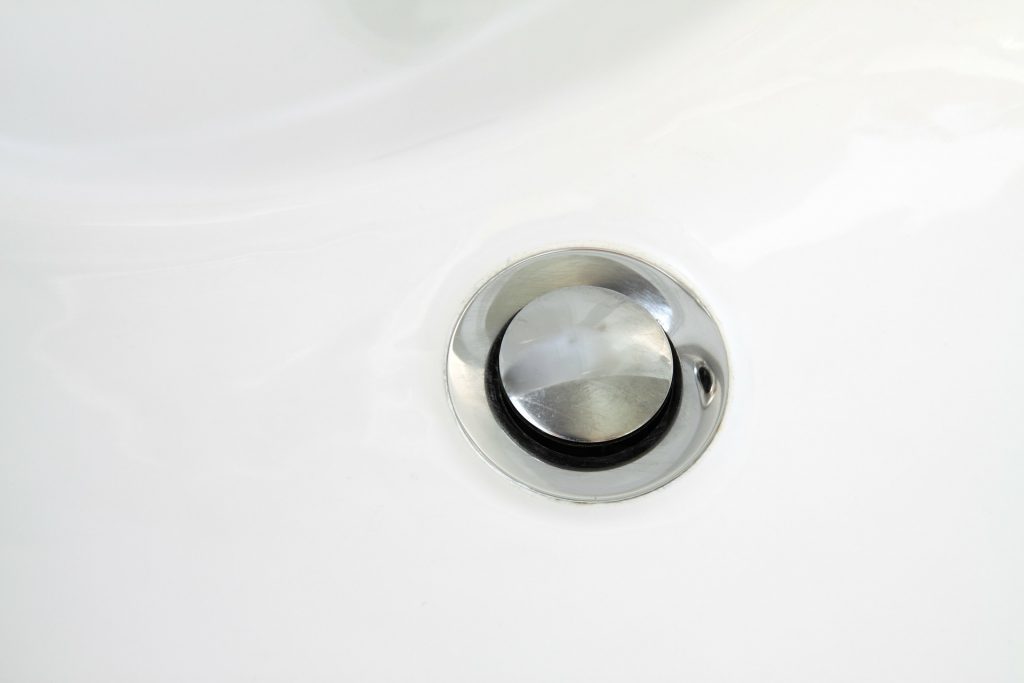
A tap aerator fits onto your existing kitchen tap and reduces the amount of water that comes out, without actually affecting the wash or rinse effect. They also help to reduce splashing.
Tap inserts can save an average household up to £36 a year (or 40 litres every single day). These tap aerators don’t have to be used in just the kitchen either. They’ll work on any tap, such as those in your bathroom.
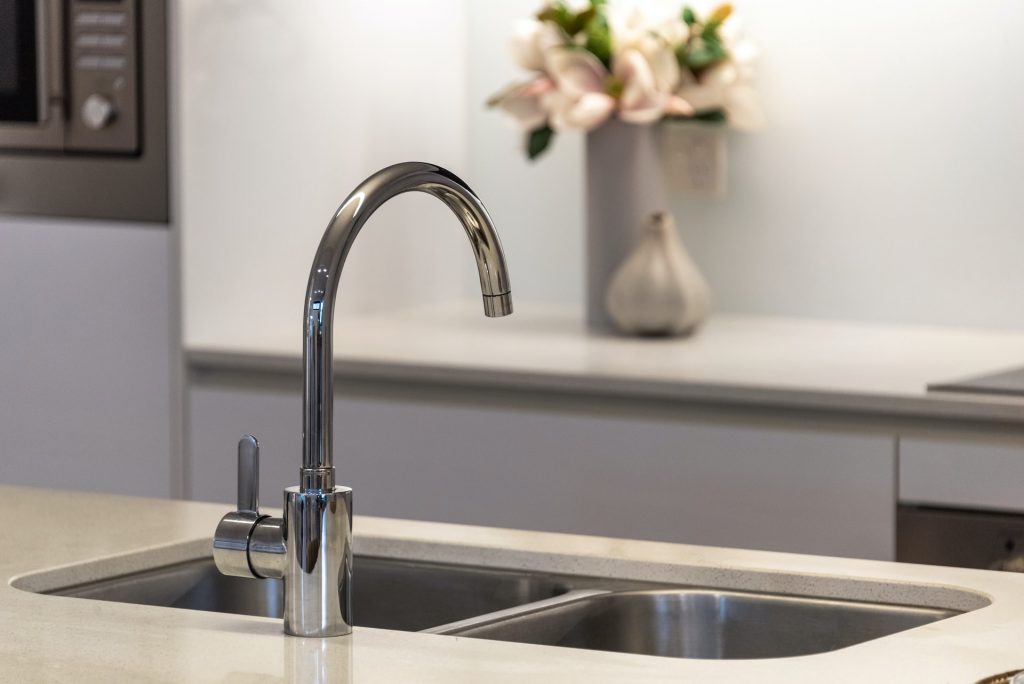
If you consider yourself as something of a green-fingered fanatic, then fitting a hose gun attachment to a hosepipe can make controlling water usage much easier. In fact, hosepipe spray guns are estimated to use a whopping 50% less water per use than their standard hose counterpart. If nothing else, then a watering can is still a more water-efficient option.
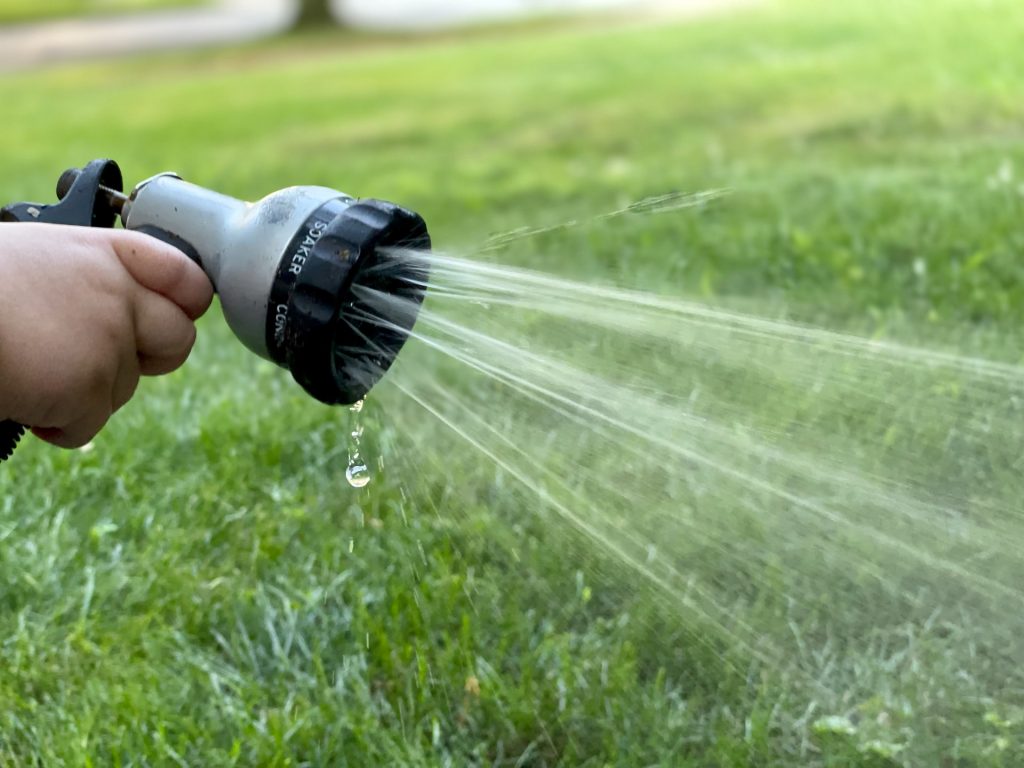
Water saving gels work by storing water that plants can extract when they need it. In the summer, these gels are really useful for reducing how often you need to use a hose to water plants, while still being able to keep them in a beautiful and flowering condition.
When it comes to setting up and paying for bills like water in a rented home, there’s a much easier solution. Resooma Bills bundles all your bills into one easy payment, including water, utilities, wifi, TV and council tax. If you’re living in a shared home, we then equally split bills between you and your housemates, so there’s no need to worry about any awkward chats or having to chase people up for their share.
Rather than having multiple direct debits leave your bank account each month, you’ll just have one bill to pay, with each housemate being responsible for their share. Setting up and managing bills can feel like a daunting task, which is where our shared bill packages come in useful. Let us handle the stress for you!



All your utility bills in one monthly payment, split between housemates
Get a quote


All your utility bills in one monthly payment, split between housemates
Get a quoteFinding his article helpful? We’ve got plenty more helpful articles on there way. Join our Savvy Sunday mailing list